posted by S. Patricia Batres-Marquez on Monday, November 20, 2023
The Agriculture Risk Coverage (ARC) and Price Loss Coverage (PLC) programs were first authorized by the Agricultural Act of 2014 (2014 Farm Bill) and reauthorized with modifications by the Agriculture Improvement Act of 2018 (2018 Farm Bill). The ARC program provides payments when actual crop revenue falls below a specified guaranteed level. The PLC program makes payments when the effective price for a covered commodity declines below its effective reference price.
The data used in this report corresponds to the 2014 to 2020 accounting program years as reported by USDA-FSA. Because payments for ARC county option (ARC-CO), ARC individual coverage (ARC-IC), and PLC, if triggered, are issued after October 1 of the following program year, the payment dates were between 2015 and 2021. Payments issued after October 1, 2022, which correspond to the 2021 program year, are not published yet by USDA-FSA. Corn and soybeans, which are the top crops in Iowa, are among the commodities covered by these programs. However, this data does not specify the crop for which payments were issued.
From 2014 to 2020, Iowa total payments received from ARC-CO, ARC-IC, and PLC were estimated at $2.3 billion. About 86% of total payments were from ARC-CO while 13% of total payments were from PLC. The remaining 1% of payments were from ARC-IC program (see Figure 1). The top three counties receiving payments from these three programs were Kossuth ($67.2 million), Clinton ($51.0 million) and Grundy ($47.9 million) (see Figure 2). The counties receiving the lowest total payments from these three programs were Appanoose ($776,443) and Monroe ($752,561) (see Figure 2).
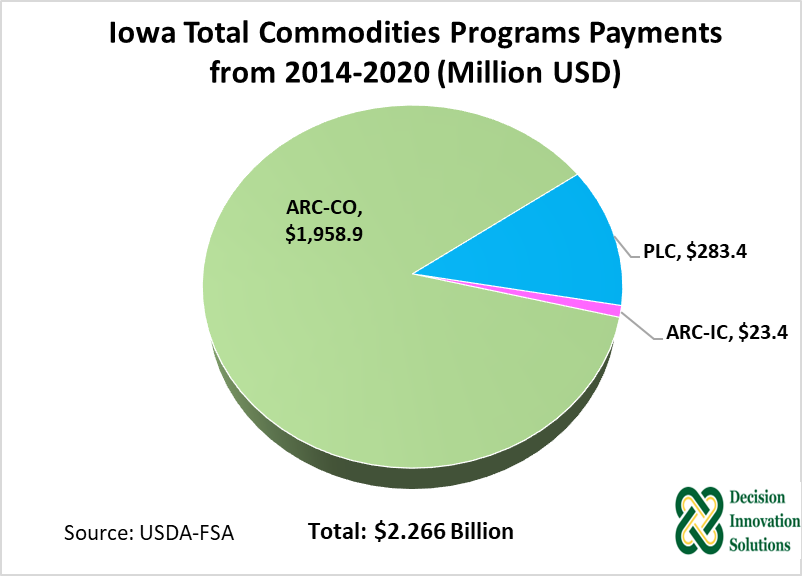
Figure 1. Iowa Total Commodities Programs Payments from 2014-2020 (Million USD)
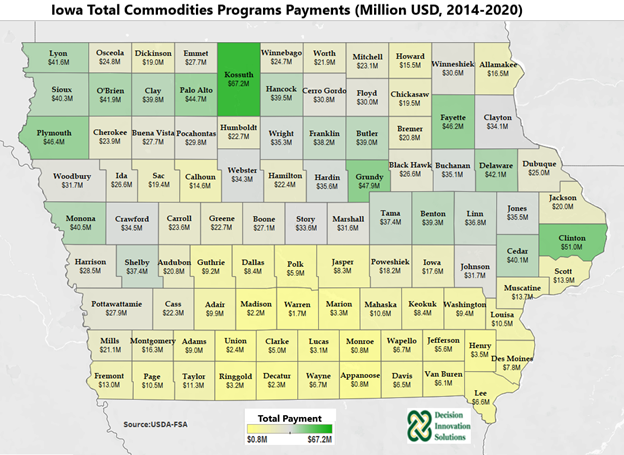
Figure 2. Total Commodities Programs Payments (Million USD, 2014-2020)
Since Iowa’s largest total payments from all three programs came from ARC-CO, Kossuth, Clinton, and Grundy were the largest recipients of this program. The ARC-CO payments for Kossuth, Clinton, and Grundy were estimated at $60.8 million, $45.4 million, and $44.2 million, respectively (Figure 3). Across Iowa, total ARC-CO payments from 2014 to 2020 ranged from $60.8 million for Kossuth County to $59,833 for Monroe County. ARC-CO distribution of payments indicates six counties received payments below $1.0 million, while at the highest end of payments, six counties received total payments above $40.5 million.
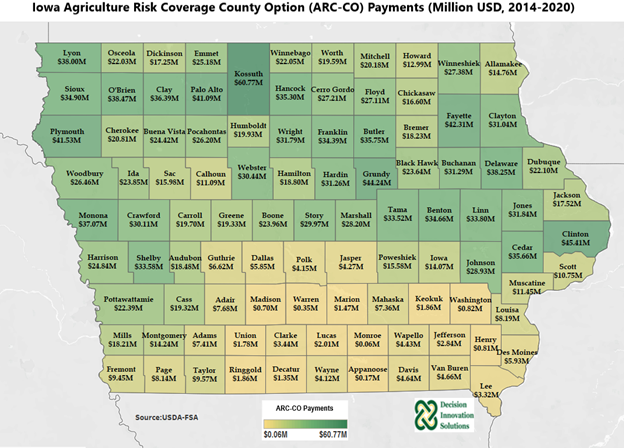
Figure 3. Iowa Agriculture Risk Coverage County Option (ARC-CO) Payments Million (Million USD, 2014-2020)
As Figure 4 shows the top two counties receiving ARC-IC payments were Clinton ($1.8 million) and Freemont ($1.6 million). In a distant third place was Scott County with total payments estimated at $848,154.
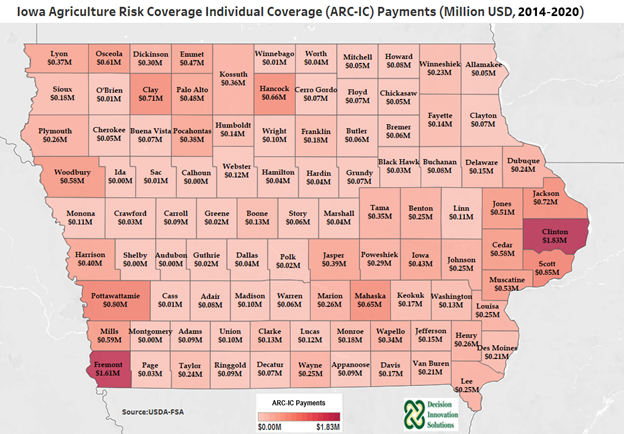
Figure 4. Iowa Agriculture Risk Coverage Individual Coverage (ARC-IC) Payments (Million USD, 2014-2020)
Iowa’s total PLC payments from 2014 to 2020 varied from $8.4 million to $508,055. The top three counties receiving PLC payments were Washington ($8.4 million), Keokuk ($6.3 million), and Kossuth ($6.1 million) (see Figure 5).
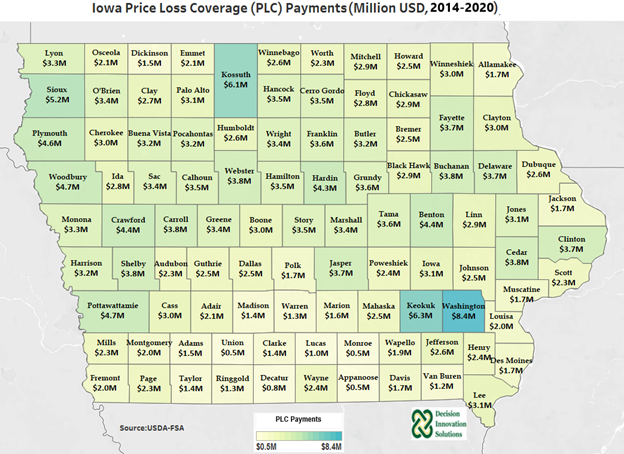
Figure 5. Iowa Price Loss Coverage (PLC) Payments (Million USD, 2014-2020)
At the highest end of payments, Iowa’s PLC total payments were much lower than those of ARC-CO, but at the lowest end, PLC payments were much higher than those of ARC-CO. For both ARC-CO and PLC the lowest total payments were concentrated in some counties of the South-Central region.
According to regulations, payments for ARC-CO, ARC-IC, and PLC corresponding to the 2022 program year were issued after October 1, 2023.